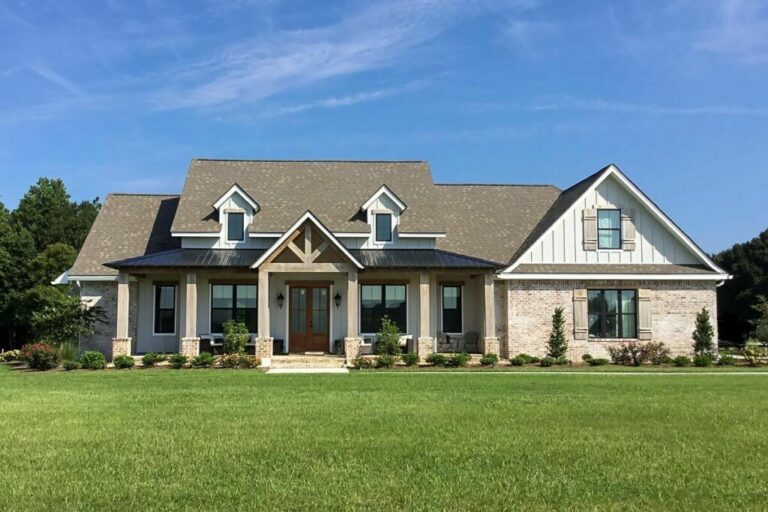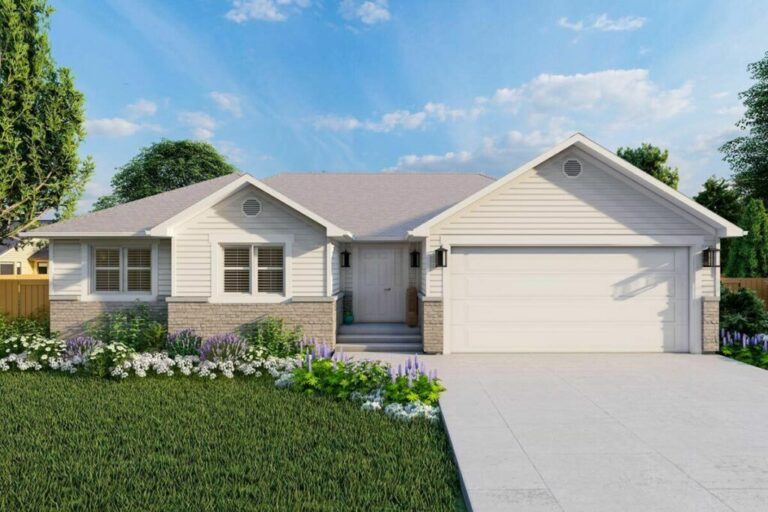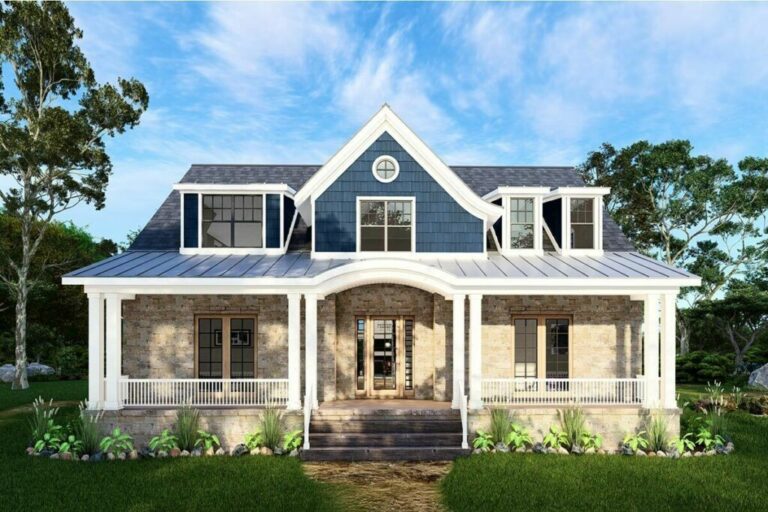What Is the Ideal Layout for a Walk-In Closet?
Welcome to the comprehensive guide on designing the ideal walk-in closet. This article isn’t just about arranging shelves and hangers; it’s about creating a personal haven that harmonizes functionality with style.
Whether you’re a homeowner looking to revamp your space, an interior designer seeking inspiration, or simply someone passionate about organized and elegant living, this guide is tailored for you.
Grasp the Essentials of Walk-In Closet Design
Before diving into layouts and accessories, understand what a walk-in closet represents.
It’s more than a storage area; it’s a private sanctuary where your personal style is on display.
The evolution of closet design has been remarkable, transforming from simple storage units to elaborate spaces that reflect personal taste and lifestyle.
In modern homes, a walk-in closet does more than store clothes; it’s a statement of luxury and organization.
Evaluate Your Needs and Space
To begin, assess the size of your walk-in closet. The ideal size is a personal choice, but a space of at least 7 by 10 feet is recommended to ensure comfort and ample storage.
However, even smaller spaces can be transformed effectively with the right design.
Next, analyze your wardrobe. Do you need more hanging space for dresses and suits or shelves for folded items like jeans and t-shirts?
Are you a shoe enthusiast requiring extensive shoe storage, or do you need space for other accessories?
This step is critical in customizing the closet to your lifestyle.
Finally, personalize your space. Whether you prefer a minimalist design or a luxurious dressing room, your walk-in closet should be a reflection of you.
Consider your habits, preferences, and the aesthetic you want to achieve. This is your space; make it resonate with your personality.
Master the Key Components of a Walk-In Closet Layout
Let’s dissect the integral components:
Hanging Space
This is crucial. Separate your hanging areas into two sections: one for longer items like dresses and coats, and another for shorter items like shirts and skirts.
Balance is essential; ensure you allocate enough space for each type.
Shelves and Drawers
Shelves are perfect for folded items and less frequently used accessories, while drawers are ideal for smaller items like socks and jewelry. Consider adjustable shelving for added flexibility.
Shoe Storage
Whether you have a modest collection or an expansive assortment, your shoe storage should be practical yet visually appealing.
Options include angled shelves for easy viewing, flat shelves for stacking, or specialized shoe racks.
Accessory Storage
Don’t overlook your accessories. Integrate specialized storage solutions like tie racks, belt loops, scarf hangers, and jewelry organizers to keep these smaller items neat and accessible.
Choose Your Layout Wisely
Selecting the right layout is paramount:
U-Shape
Ideal for larger spaces, the U-shape surrounds you with storage options on three sides, offering maximum storage capacity and easy access.
L-Shape
Suitable for medium-sized closets, this layout provides two walls of storage, balancing hanging space, shelves, and drawers effectively.
Straight Walk-In
Perfect for narrower spaces, this layout maximizes storage along one or both walls.
It’s about utilizing vertical space efficiently while keeping the closet functional and stylish.
Prioritize Lighting and Ventilation
Lighting plays a pivotal role in the functionality and ambiance of your walk-in closet.
Aim for a combination of overhead lighting for general illumination and task lighting for areas like shelves and drawers.
If your space allows, incorporate natural light, but be mindful of the potential for sun damage to clothing.
Ventilation is equally important. A well-ventilated closet not only maintains a fresh environment for your clothes but also prevents moisture buildup, which can lead to mold and mildew.
Consider adding a small ventilation unit or ensure that your closet design promotes good air circulation.
Enhance Functionality with Closet Accessories
Accessories are the secret ingredients that elevate a walk-in closet from good to exceptional.
Consider a full-length mirror essential, not just for outfit checks but also to create an illusion of more space.
Next, seating is vital – a stylish ottoman or a chic chair isn’t just for aesthetics; it’s a functional element for comfort and convenience while dressing.
Incorporate specialized accessories tailored to your lifestyle. For instance, if you have an extensive collection of scarves or ties, invest in dedicated racks or pull-out organizers.
Jewelry enthusiasts should consider secure, lined drawers or display cases. For those with a tech flair, integrating smart storage solutions like automatic light-up rods or motorized tie racks can add a luxurious touch.
Demand Aesthetic Perfection
Your closet isn’t just a room; it’s a reflection of your taste. The color scheme should harmonize with your home but also have a personal touch.
Opt for soothing neutrals for a timeless look or bold hues for a statement.
Material choice is equally crucial. Luxurious wood, modern metal accents, or glass doors can all impact the overall feel of the space.
The flooring should not be an afterthought. Whether you choose plush carpeting for a luxurious feel or sleek hardwood for a clean, modern look, ensure it complements the overall design.
Similarly, the hardware, from drawer pulls to hanging rods, should match the closet’s aesthetic, adding subtle elegance to the space.
Practical Considerations: DIY vs. Professional Design
Deciding between DIY and hiring a professional designer depends on several factors, including budget, time, and skill level.
If you’re comfortable with tools and have a clear vision, a DIY approach can be rewarding and cost-effective.
However, a professional can offer innovative solutions, high-quality craftsmanship, and efficient use of space that might not be apparent to the untrained eye.
A professional designer can also provide 3D renderings, giving you a virtual tour of your future closet.
They can navigate complex aspects like optimal lighting placement and intricate custom cabinetry, which can be challenging in DIY projects.
Weigh the pros and cons, considering not just the monetary investment but also the value of your time and the final outcome.
You are now equipped with comprehensive knowledge to embark on your walk-in closet renovation journey.
Remember, this is more than a redesign; it’s a lifestyle enhancement. A well-planned closet can save you time, reduce stress, and make dressing a pleasure.
Approach this project with patience and creativity, and you’ll create a space that not only meets your storage needs but also reflects your personal style.
Take action today. Start planning, be bold in your choices, and meticulous in execution.
Whether you opt for a DIY project or professional guidance, the goal is to create a space that brings joy and efficiency to your daily routine.
Your ideal walk-in closet is not just a dream; it’s a canvas waiting for your personal touch.








